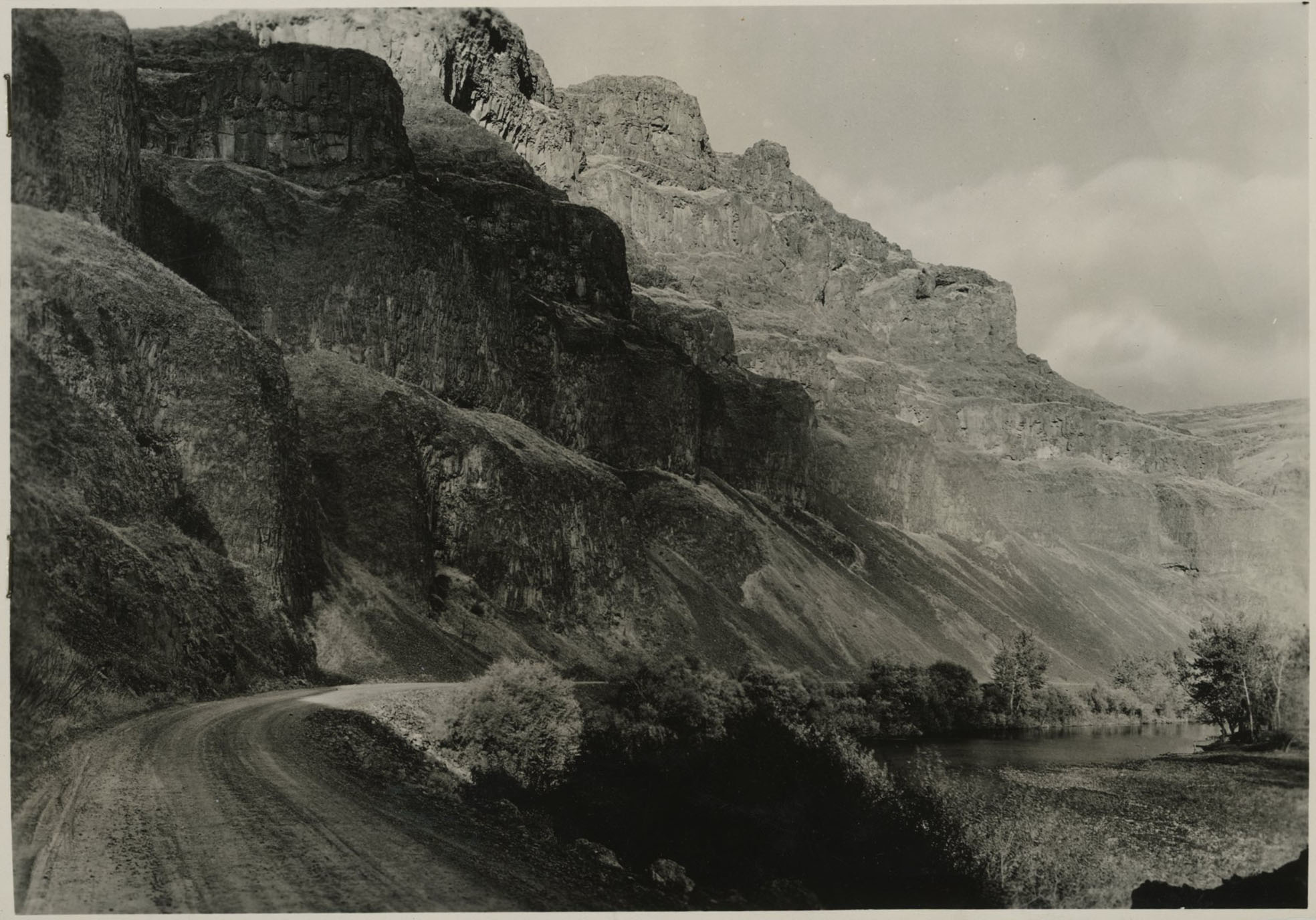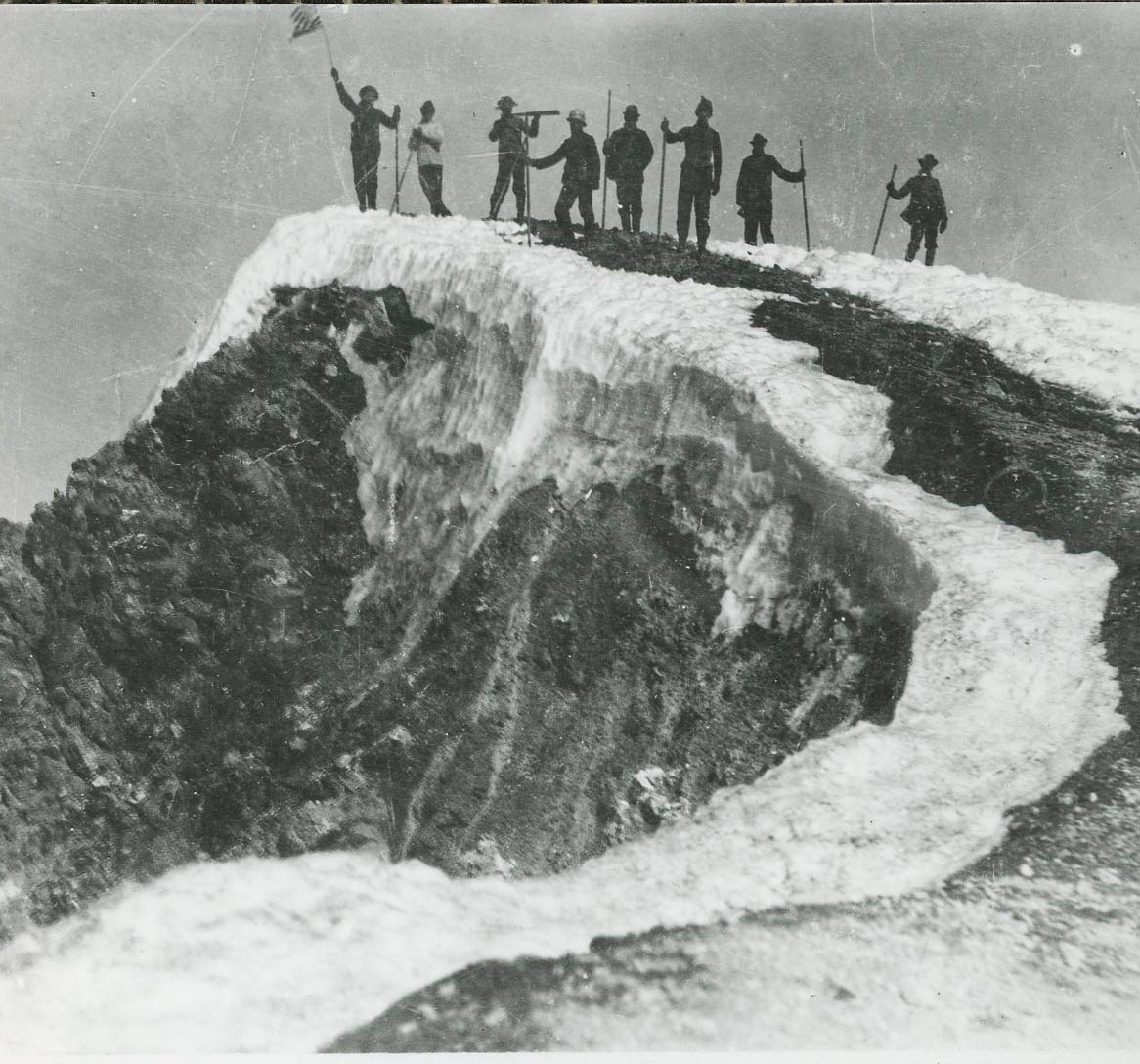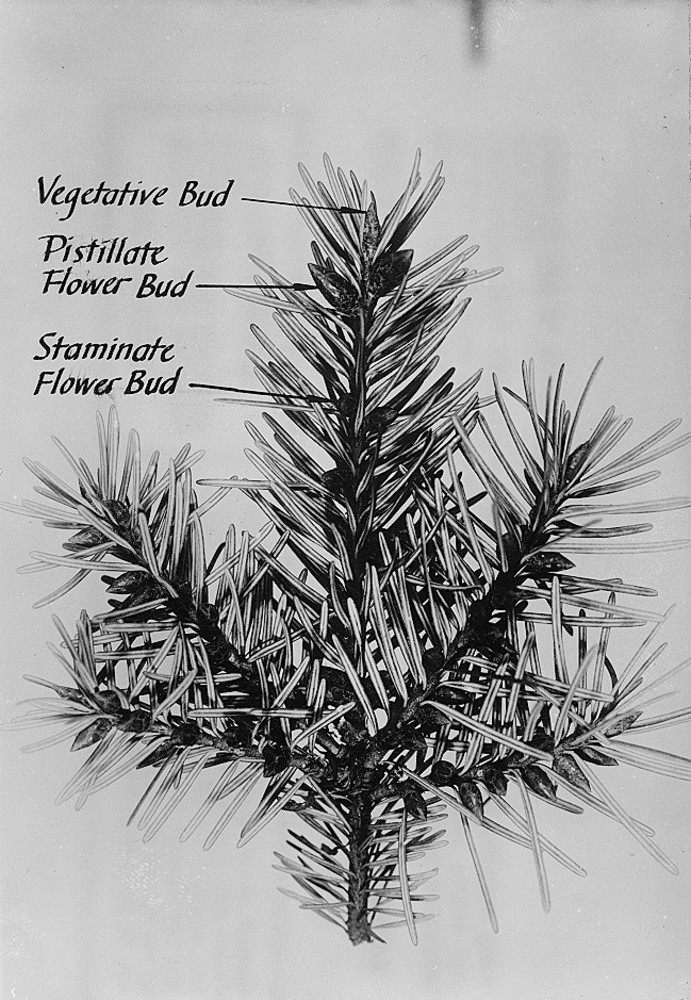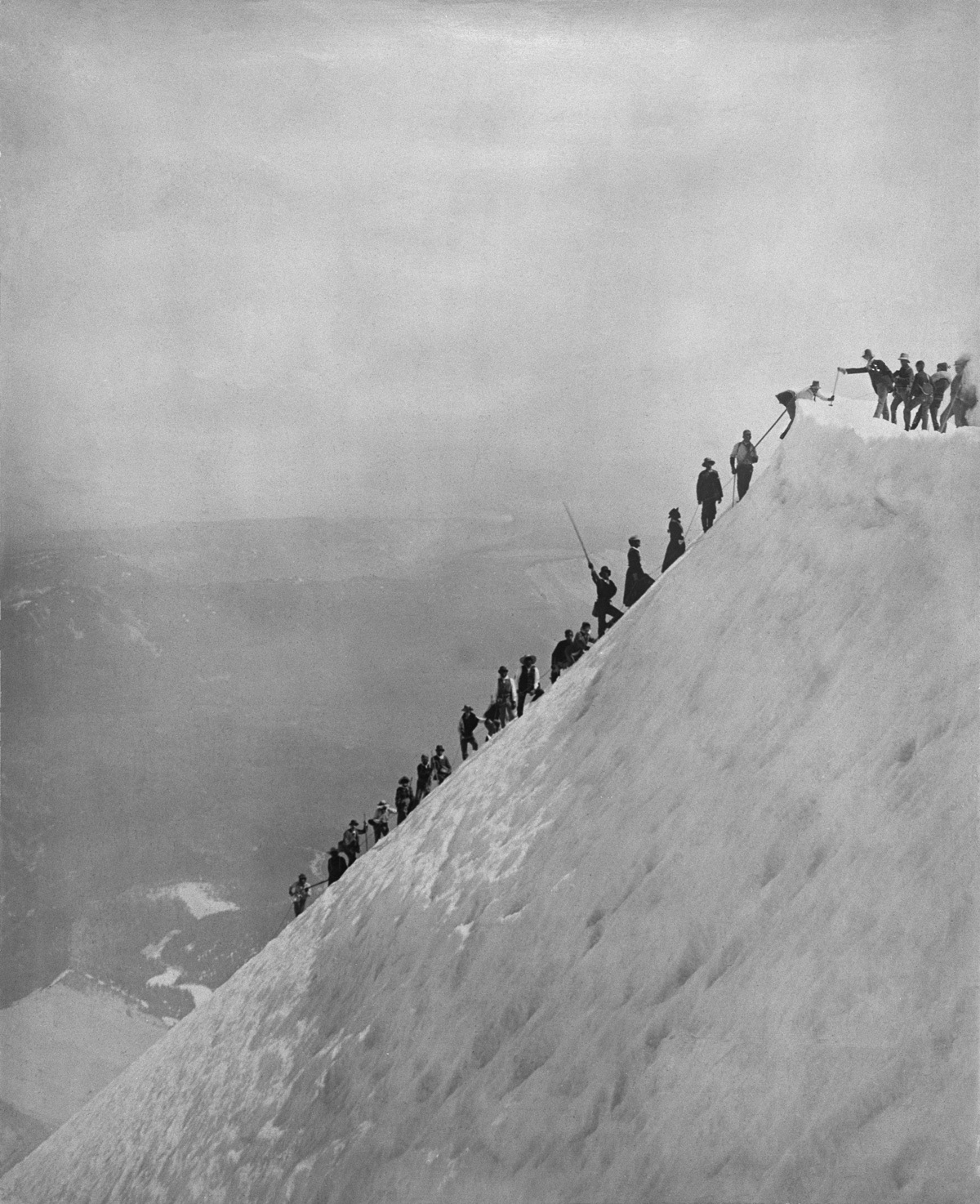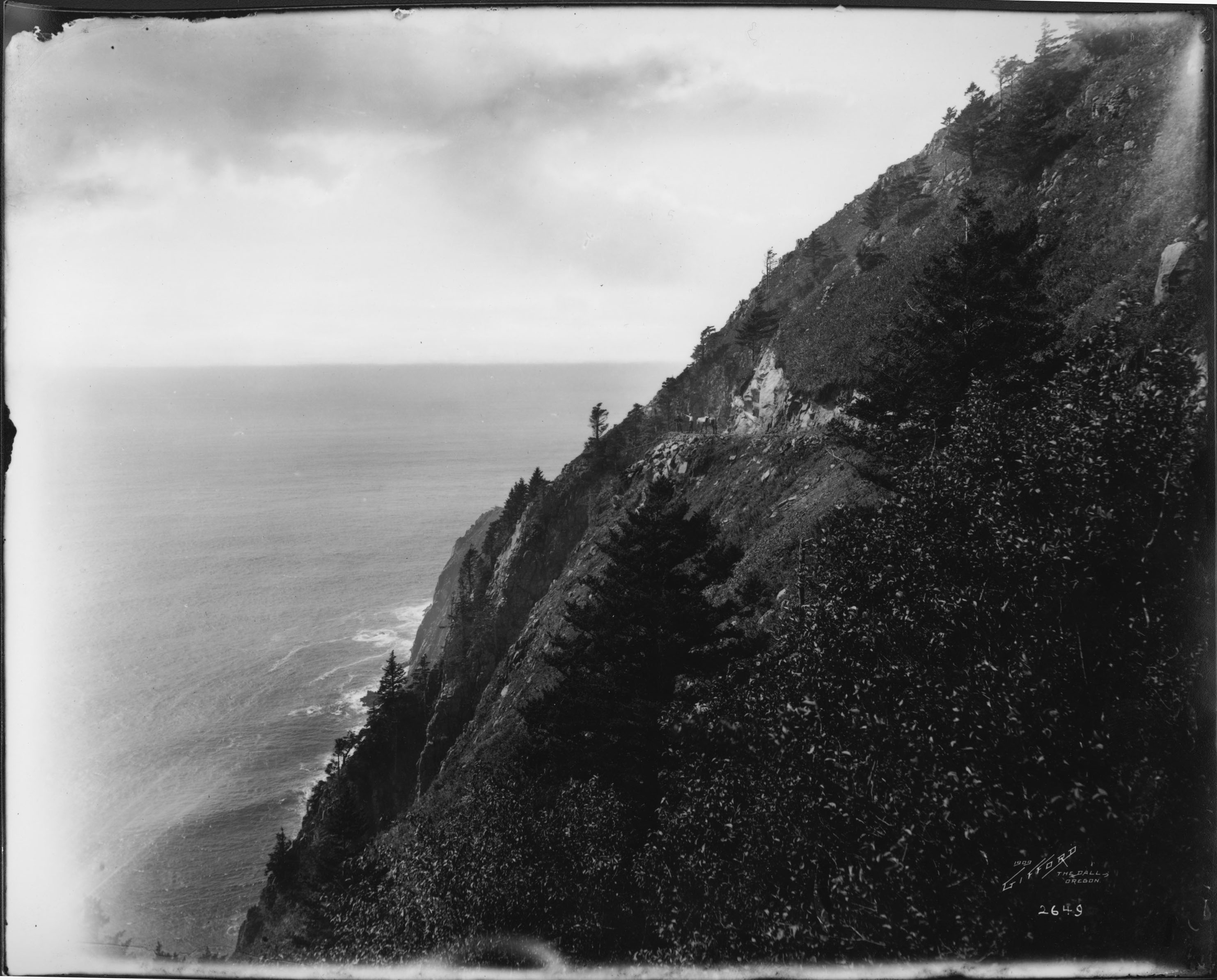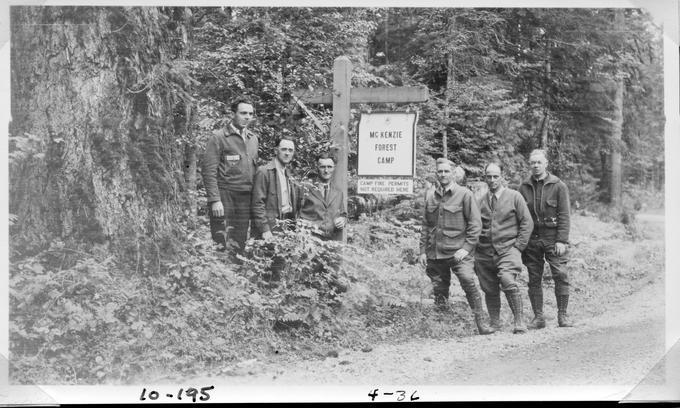Western hemlock, or Alaska-spruce (Tsuga heterophylla), is a common conifer that grows in the cool, moist forests of northwest Oregon. Tsuga is the Japanese name for the western hemlock. Its specific epithet (species name) heterophylla refers to its variability in needle length. There are nine species—four in North America, the remainder in Southeast Asia.
In its early days, the timber industry scorned western hemlock as an economically unimportant conifer. The lumbermen believed that its wood quality was poor, much like its eastern North American relative, Tsuga canadensis. Experience proved otherwise.
Western hemlock is distributed from southeast Alaska to northwest California along the Pacific Coast. It is also found in the Puget Sound lowland, in the cool moist portions of the Cascade and Coast mountains of Oregon and Washington, and in the mountains of British Columbia and northern Idaho. The species is absent from the Willamette Valley, the dry interior valleys of southwest Oregon, and all of Oregon and Washington east of the Cascades.
Western hemlock grows best in cool, moist conditions where there are large amounts of organic matter in the soil. Where rainfall is over sixty inches a year, Western hemlock thrives. The species is tolerant of shade and can become the dominant species in mixed conifer communities in the absence of fire disturbance. Once established in the shady understory of sun-tolerant species, Western hemlock may persist for some time until its dense canopies and roots prevent the growth of sun-loving trees. For these reasons, undergrowth is noticeably absent from hemlock-dominated forests.
Prolific seed production and the ability to grow in high organic matter and rotting wood results in the formation of nurse logs. In the deep shady forests, it is common to see hemlock progeny growing in rows along a rotting log.
The Oregon state champion hemlock, which is 8.1 feet in diameter and 195 feet tall, grows in Tillamook County on Crown Zellerbach land. The known world champion, at 8.9 feet in diameter and 172 feet tall, grows at the east end of the Enchanted Valley in the Olympic National Park in Washington State.
Western hemlock forests are among the most productive in Oregon, producing more wood per acre than other forest types. The trees are not long-lived, however. Lowland trees that are three hundred years old are rare, although much older trees are known to exist in higher elevations. Most succumb at an earlier age to root or stem rot fungi, wind throw (blowdown), and insect damage.
Native Americans used western hemlock for medicine, food, and dye and to tan hides. It was used to fashion small implements; to make articles of clothing, such as skirts made of boughs; to ensure hunting or fishing success by rubbing their bodies with boughs; and to ward off evil spirits.
Since modern foresters realized that Western hemlock was more than a "weed tree," it has been put to a variety of uses. Its strong, straight-grained, pitch-free wood saws splinter-free and holds a nail. Western hemlock is also an excellent material for flooring—especially for gymnasiums—because it hardens and darkens as it ages. It absorbs preservatives easily, making it a good choice for pilings, poles, and railroad ties. Its pulped wood, reduced to alpha-cellulose, makes high quality paper, and is a source of cellulose for cellophane, rayon, and plastic products. Western hemlock is a versatile tree, important to Oregon's economy and culture.
-
![Western Hemlock, 1935.]()
Western Hemlock 3.
Western Hemlock, 1935. Photo by K.D. Swan USDA-NRCS PLANTS Database
-
![Western Hemlock.]()
Western Hemlock 5.
Western Hemlock. Photo by Mary Clay Stensvold USDA-NRCS PLANTS Database
-
![Detail of Western Hemlock branch and cone.]()
Western Hemlock 4.
Detail of Western Hemlock branch and cone. Photo by Susan McDougall USDA-NRCS PLANTS Database
-
![Western Hemlock.]()
Western Hemlock 2.
Western Hemlock. Photo by Susan McDougall USDA-NRCS PLANTS Database
Related Entries
-
![Blue Mountains]()
Blue Mountains
The Blue Mountains, perhaps the most geologically diverse part of Orego…
-
![Cascade Mountain Range in Oregon]()
Cascade Mountain Range in Oregon
The Cascade mountain system extends from northern California to central…
-
![Conifers]()
Conifers
Conifers (cone-bearing trees) are the major plant group in Oregon in te…
-
![Douglas-fir]()
Douglas-fir
Douglas-fir (Pseudotsuga menziesii), perhaps the most common tree in Or…
-
![Forest Park]()
Forest Park
Forest Park is a unique and impressive recreational and scenic area est…
-
![Mount Hood]()
Mount Hood
Mount Hood is a stratovolcano in northwest Oregon located about fifty m…
-
![Neahkahnie Mountain]()
Neahkahnie Mountain
Neahkahnie Mountain, about twenty miles south of Seaside, is a prominen…
-
![Willamette National Forest]()
Willamette National Forest
The Willamette National Forest stretches along the western slope of …
Map This on the Oregon History WayFinder
The Oregon History Wayfinder is an interactive map that identifies significant places, people, and events in Oregon history.
Further Reading
Arno, S.F. and R.P. Hammerly. Northwest Trees: identifying and understanding our native trees. Revised Ed. Seattle: Mountaineers, 2007.
Farjon, A. A Natural History of Conifers. Portland: Timber Press, 2008.
Moerman, DE. 1998. Native American Ethnobotany. Portland: Timber Press, 1998.







